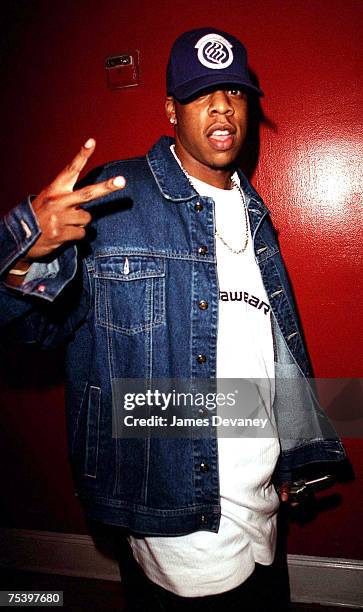Cinematography Aesthetics Timeline
Cinematography has come a long way since the early 1900s , and understanding how it’s changed over time has always been a concern to me due to me being a photographer and music videographer as well. But the ways it's changed over time helps us all appreciate how movies, pictures, and simple videos became the powerful art form they are today. Each era brought new tools , techniques, and ideas . From black and white films to films with more excitement and energy. These changes didn't just make movies look cooler; they changed how stories were being told to the viewers, how emotions were being shown, and how audiences also connected with what they saw on the screen for example in Marvel's Endgame marvel fans had to watch the main character get erased from existence by a villain names thanos. Which shows how emotions play a huge role because who wants to see their favorite superhero get erased. Learning about the history of cinematography lets us see how technology , creativity, and culture all work together to shape the way we experience film. It's like watching storytelling art evolve frame by frame.
1902- The Silent spark

- Films: A trip to the Moon by George Melles
- Image: Melles moon face
- Back in 1902, movies were just getting started. George Melies, a French magician-turned-filmmaker, blew people's minds with A Trip to the Moon. This was one of the 1st sci films ever , and he made the moon look like it had a face. He built crazy sets, used camera tricks for example (like stopping the camera to make things “disappear”), and hand-painted frames to add color. People had never seen anything like it. Before this, most movies just showed real-life things, like a train arriving or workers leaving a factory. Méliès said, “What if the film told stories and showed things that weren’t real?” And just like that, movies became a creative art.
1941 - Lights, Camera , Genius
- 1941 - Lights, Camera , Genius
- Film: Citizen Kane
- Image: Orson Welles In citizen Kane
- Fast forward to 1941 — Citizen Kane hit theaters and shook everything up. Directed by 25-year-old Orson Welles (yeah, he was that young), this movie used totally new techniques. The big game-changer? Deep focus. That means everything in the shot ,front to back stayed in focus. It let the audience look around like they were inside the scene. They also played with shadows and low angles to make characters feel powerful or small. Before this, films were more stage-like. But Kane made every shot feel like a carefully painted picture. It inspired generations of filmmakers.
-
Film: Lawrence of Arabia

- Epic Energy
- Film: Lawrence of Arabia
- Image: Desert Landscape with Peter O’Toole In the 60s , cinema was epic. Lawrence of Arabia brought many aesthetic views and powerful scenery to our screens. Director David Lean filmed in the real deserts using super Panavision 70, a film format that made everything look huge and sharp. The camera wasn't capturing people anymore; it was capturing scale, mood, and emotion. The movie used wide shots to show how small people are in nature. This film made cinematography feel like a canvas , which wasn't really into fancy effects like flashy , and many other meaningful visuals.
- Image's : various movies with 90s VFX
- In the 90’s digital tech changed everything. Now all of a sudden filmmakers could create stuff that didn't exist for example , dinosaurs animated toys , ghosts, and spaceships. All shown because of a tool called Computer generated imagery . Movies like Jurassic Park (1993) made T rexes look real, Which shows how these films were made with new computer technology and not just cameras. This era was also the beginning of digital cameras and editing. Filmmakers could now shoot and edit without film reels.
- Fun Fact: Some people thought Jurassic Park used real dinosaurs and it was just Computer generated imagery (CGI).
1990s - Enter the Digital Dimension



Early 200s-HD and Hip-Hop Vibes
Theme: Digital aesthetic Takes Over Image: Jay-Z/early 200s digital era By the 2000s most filmmakers had ditched film for digital cameras. Everything became sharper with HD (High Definition). This wasnt just for movies , but music also became sharper . Along with videos, tv , and even indie films started to look more cinematic. Directors experimented more with color, speed, and editing. Think of Jay Z’s music videos, the Matrix sequels, or Spiderman (2002). Even low budget films could now look professional with digital tools. The game completely shifted because now you don't need a filming studio . You just need a camera, software, and your vision! Fun Fact in the 200s that is when youtube launched keep that in mind . .
